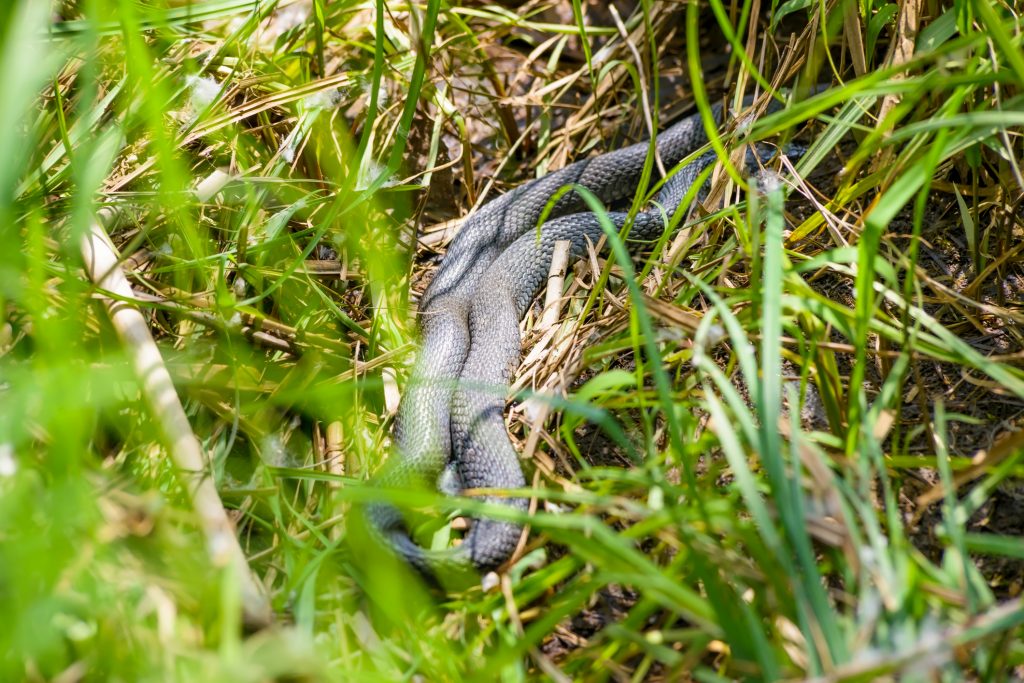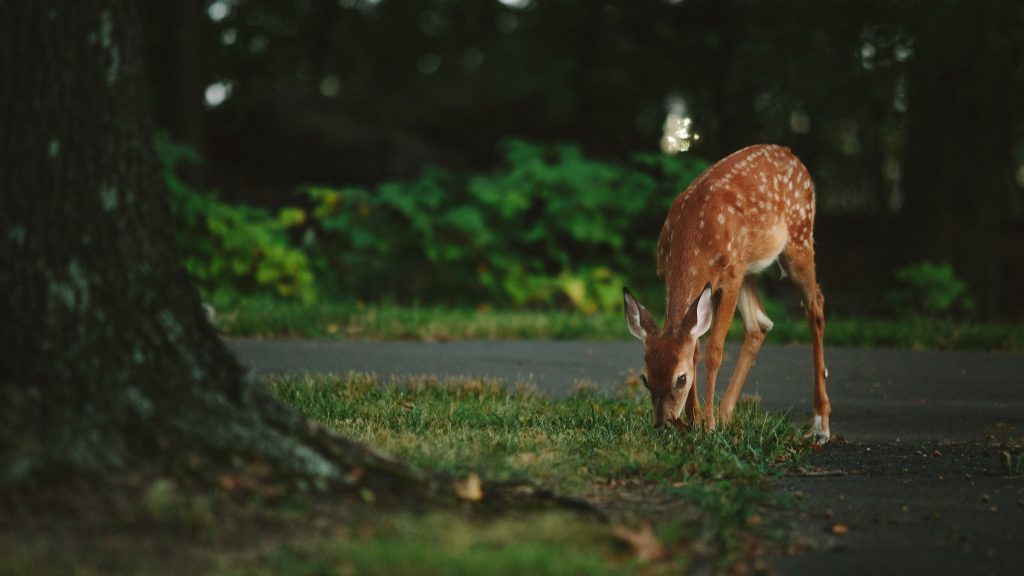The Things We Come Across
Unwelcome Guest in the Bathroom: The Tale of a Ball Python in a Hotel Toilet As a nuisance wildlife removal specialist, I’ve encountered my fair share of unusual situations. From…
Unwelcome Guest in the Bathroom: The Tale of a Ball Python in a Hotel Toilet As a nuisance wildlife removal specialist, I’ve encountered my fair share of unusual situations. From…
With all the rain we have had in Florida this spring– you might have an unexpected snake encounter in your home, garage or business.
Would you like more info or a free estimate? Click here>>to contact us now.

Seeing a snake in the wild is no cause for alarm. If you see one, don’t panic. But if you see one in your home or business on St Armands Key in Sarasota, FL you need a professional to come remove it for you. Click here>> to Contact us right away.
Leave a snake in the wild alone and walk away. Do not kill a snake if you see one. Most people get bitten when they try to kill one or try to pick one up, so the best advice is to leave snakes alone. If you leave them alone, they’ll leave you alone.
Most snakes are reluctant to bite because they use their energy or their venom to acquire food, and they don’t see humans as a food source. The vast majority of snakes in Florida are non-venomous and harmless to humans. To read our special article on the venomous snakes of Central Florida click here>> VENOMOUS.
Although 50 species of snakes are found in state of Florida, in CENTRAL FLORIDA only the 4 listed here are venomous and a danger to humans. The remaining 44 species (and its subspecies) are harmless and should be protected for the beneficial role they play in natural ecosytems, eating insects, rodents, rabbits, and other small prey.
The most important thing people can do is to educate themselves and others about these cold-blooded reptiles and learn to appreciate them as an important part of the ecosystem. Snakes are strictly carnivorous, preying on smaller animals, such as rodents, slugs and insects. They also serve as an important food source for other animals, like foxes, raccoons, eagles, hawks, owls. Instead of being widely feared and unjustly persecuted, snakes should be appreciated for the awesome creatures they are and treated with respect.
A source of snake education is a book ”Venomous Snakes and their Mimics” by Scott Shupe. It was a favorite of my grandson when he was little. He said, “It was neat, but kinda’ scary.”
‘Marion County Public Schools is appalled’ by teacher Dewie Brewton’s actions, according to a district statement.

Spring is the season where everything is born anew, the wildflowers are in bloom, insects are buzzing around, and baby animals are born. (more…)
Coyotes and raccoons appearing to have no fear of humans or large animals are growing in numbers across the Chicago area in recent months, prompting warnings from police and wildlife officials.
The latest warning comes from Hammond, Indiana, where police say a resident shared photos of a coyote they say could have a viral disease known as distemper.
“Coyote walked right up to me and my 60lb lab mix with no fear on the trail south of Cabelas,” police said the caption for the photos read. “Those with small dogs should take caution while walking in the area.”
The police department also warned dog owners to “use discretion if walking in this area, especially with small dogs.”
A quarter is just under an inch in diameter (0.96 inches). Not all rats can fit through a hole the size of a quarter. Large rats and overweight rats are too big. But some rats are small enough to fit through — especially juvenile rats.
The house mouse and the brown rat are common rodent pests. … Rats are efficient burrowers and can burrow for several meters horizontally. Both rats and mice are good climbers and can climb vertical walls if the surface is rough enough, and “shimmy” up between walls and drain pipes.

Rats can squeeze into amazingly small areas. Evenrats that look very big can almost slide in like jelly into the tightest of gaps and holes – it’s amazing to watch. … How Big Do Rats Get? They can inhabit very small nooks and crannies inside a house, from walls to ceilings, crawl spaces and attics.
FACT: Some rats, if provoked and cornered, will fight their way out of the confrontation, as will many wild animals. But most rats do not outwardly attackhumans. Young babies, bed-confined elders, and the homeless sleeping in doorways and alleys, however, are occasionally bitten by unprovoked rats.
No. These are myths.
Rats have a skeleton made of bones connected with joints and cartilage, just like we do.
Check out our RAT FAQ from our customers!
Most Commonly Asked Questions about Rats
May 4, 2018 JOHNSON CITY, TN (CBS Local) – A Tennessee Domino’s Pizza is under fire after a photo of raw dough covered in rat droppings was posted online.…
West Nile virus was first identified in 1937 in Uganda in eastern Africa. It was first discovered in the United States in the summer of 1999 in New York. Since then, the virus has spread throughout the US. Researchers believe West Nile virus is spread when a mosquito bites an infected bird and then bites a person.
If you have West Nile virus, you will typically show the first virus symptoms within 3-14 days of being bitten.
Symptoms and signs of West Nile virus include fever, headache, body aches, skin rash, and swollen lymph nodes. Severe symptoms and signs may include stiff neck, sleepiness, disorientation, coma, tremors, convulsions, and paralysis. Most cases ofWest Nile virus infection are mild and go unreported